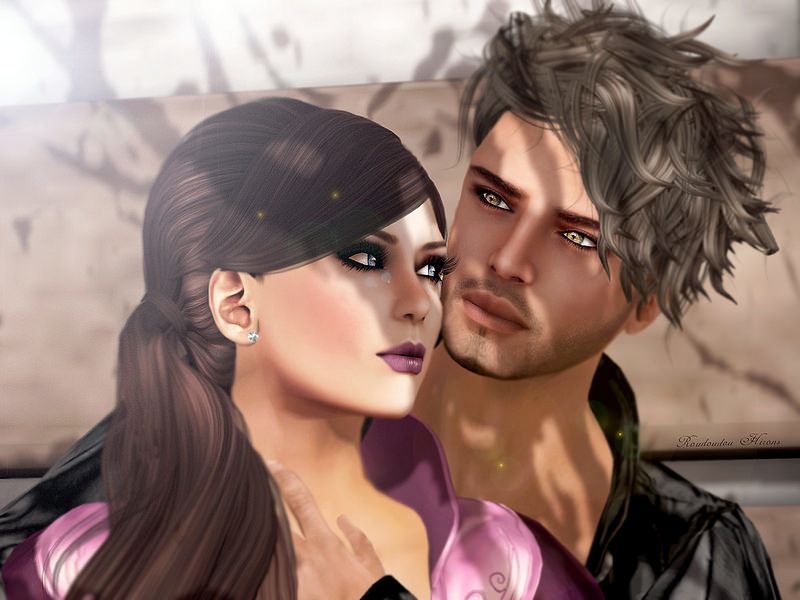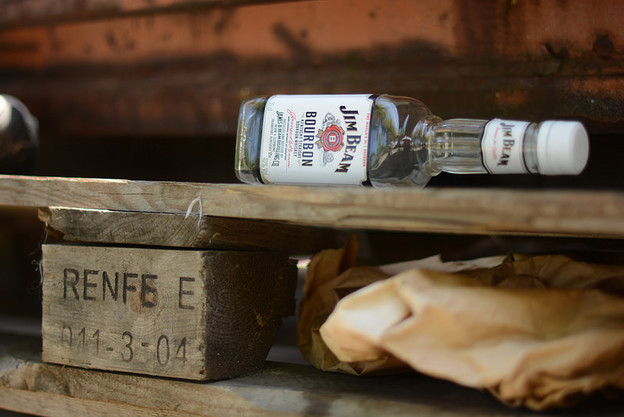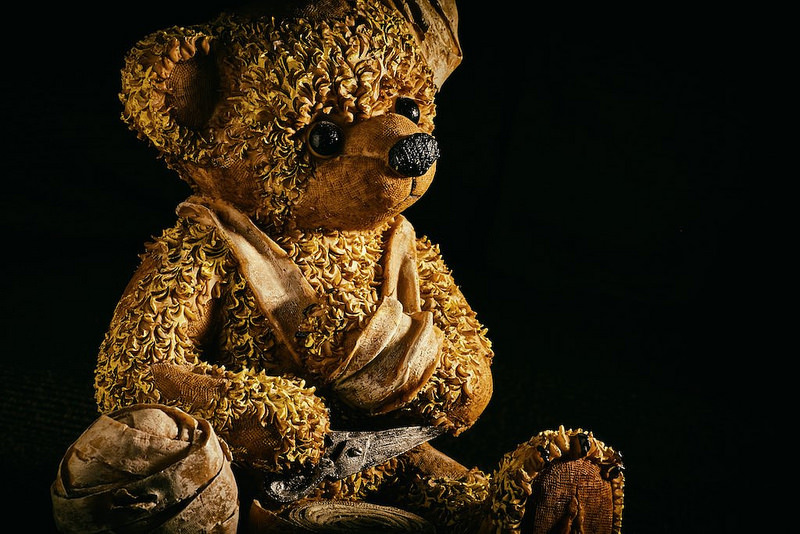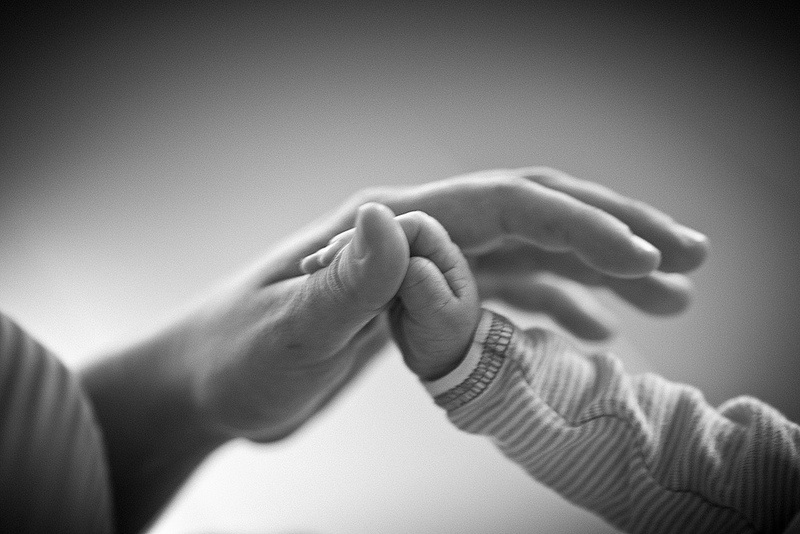
--- its taking better care of your own heart.
Once you learn self soothing, you can apply this to everyday life when you are tolerating pain
for the sake of growth (differentiation).
Self soothing involves turning inward and accessing your own resources to regain your emotional balance and feeling comfortable in your body. Your breathing is not labored, your heart slows to its normal rate, your shoulders are relaxed, no longer hunched to ward off an anticipated blow. Self-soothing is your ability to comfort yourself without excessive indulging or deprivation.
Self soothing involves meeting two core challenges of selfhood:
- Not loosing yourself to the demands of others,
- Developing your capacity for self-centering
- (stabilizing your own emotions and fears).
Sometimes we miss the chance to become self-centering and self-soothing because we fear becoming self-centered, selfish, self preoccupied, and indifferent to others.
Our ability to maintain ourselves in close emotional proximity to our partners
doesn't lead to self interest at their expense.
Differentiation helps us tolerate the tension in recognizing our partners as separate individuals with competing preferences, needs, and agendas.
Passionate Marriage - Schnarch









 RSS Feed
RSS Feed
